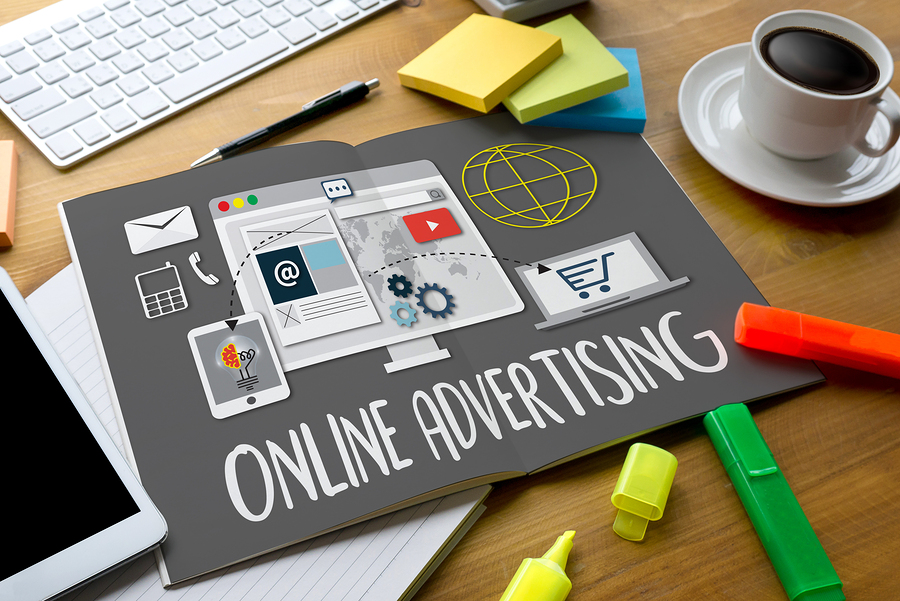Online advertising, simply put, is advertising on the Internet. Online advertising encompasses display adverts found on websites, adverts on search engine results pages (covered in the chapter on Search Advertising), adverts placed in emails and on social networks, and other ways in which advertisers use the Internet. Of course, this is not just limited to computers; digital advertising found anywhere you access the web, for example, through mobile devices.
The main objectives of online advertising are to increase sales, improve brand awareness and raise the share of voice in the marketplace. It is based on the simple economics of demand and supply. Advertisers aim to stimulate a consumer’s need (demand) and then satisfy that need (supply).
Online advertising, naturally, follows web user behaviour. Advertisers want to place their adverts where potential customers will see them. Digital advertising is not limited to one specific medium or location; It can be placed almost anywhere on the web and can consist of images, text, videos, interactive elements, and even games.
Although the Internet provides new scope for creative approaches to advertising; we see its true advantages when we realize how trackable (and therefore measurable) Internet advertising is. It is possible to track all interactions with the advert itself: the number of impressions served, how many clicks it received, post-click-and-view data, and how many unique users were reached. This leads to valuable data used to make sensible, effective business decisions.
Advantages of online advertising
Banner advertising goes a long way toward bridging the advertising divide. Adverts have a set size, they can look very similar to print adverts, and they occupy a particular bit of real estate in a publication with a particular number of views. It’s easy to understand, and it does the things with which buyers are familiar.
Online advertising can take advantage of the emotive qualities of images, videos, and animations.
Since banners can contain rich media, they offer levels of interactivity that other forms of advertising cannot achieve. This allows your target market not only to see your banner but also to play with it. Interaction builds a bond and improves the chances of the consumer remembering your brand tomorrow. Cognitive learning is a powerful outcome of interactive display advertising.
Modern online advertising is able to bring together a number of other online marketing tactics such as animations, games, video and Flash.
Banner ads, like all digital marketing tactics, are measurable. Track clickthrough rates and you get an idea of exactly how many people are responding to your Call to Action. Some publishers even have the ability to do post-click tracking, which means that you can track the user all the way to a sale if that is the purpose of the advert.
Challenges of online advertising
A lot of display advertising is intrusive, so popup blockers can often prevent adverts from being served as they were intended by the advertisers. There are also extensions available for web browsers, such as AdBlock Plus, that will block advertising on web pages. Technologically savvy consumers are increasingly using these methods to limit the advertising that they see.
Bandwidth can also be an issue, although this is a shrinking problem. However, campaigns are planned according to demographics in determining the richness (and investment) of interaction.
Consumers are suffering from advertising fatigue, so while new technologies can provide great results, as soon as the market moves mainstream it can get saturated. Consumers are increasingly ignoring adverts.





